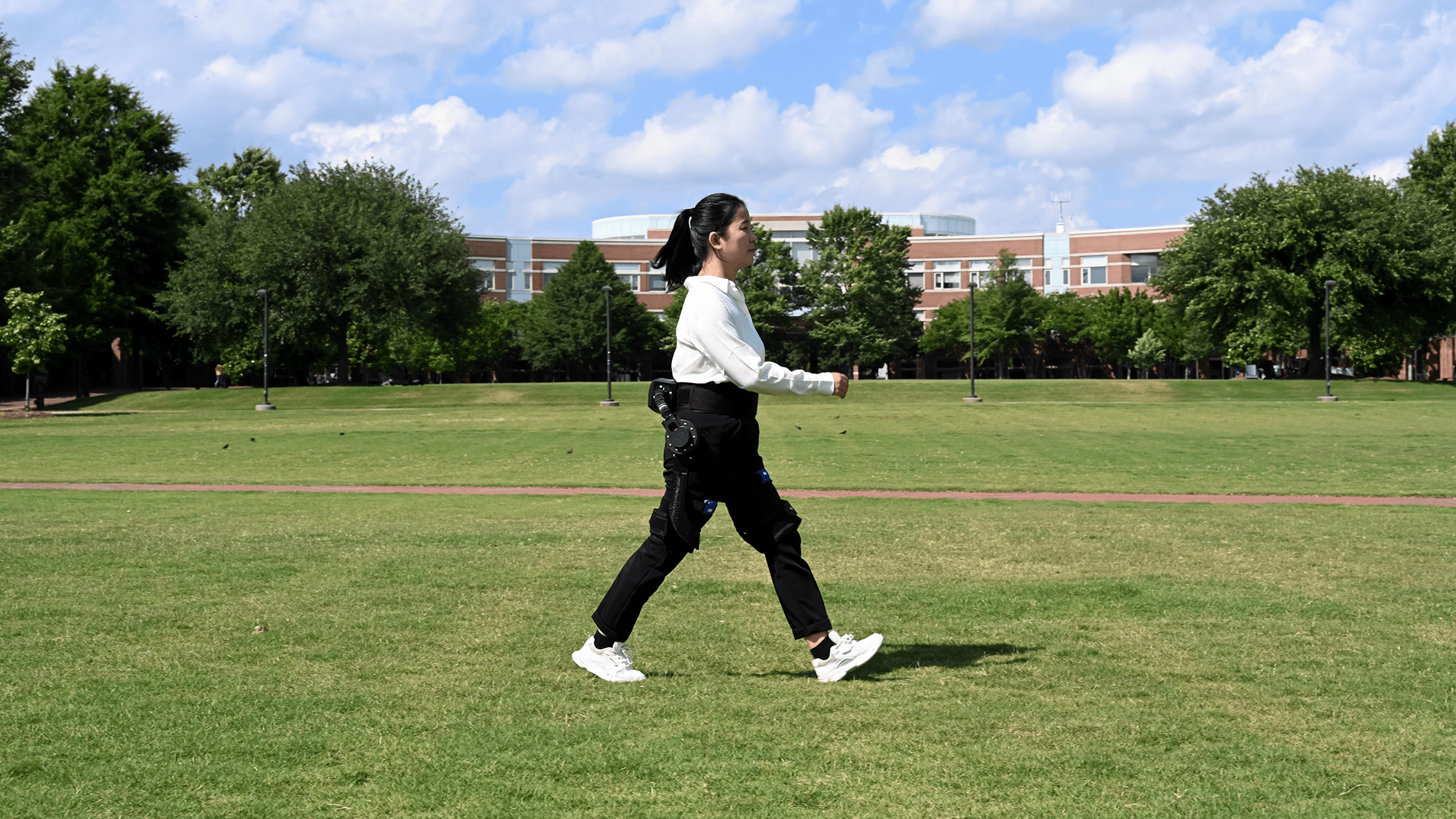Technology
AI-powered virtual training could make robotic exoskeletons more common

In the US alone, the Centers for Disease Control (CDC) estimates approximately 12% of the population has a mobility disability, making it difficult for them to walk or climb stairs. About 1.3 billion people worldwide reportedly facing similar challenges. Robotic exoskeletons – science fiction-inspired mechanical support suits – have been heralded by some as a possible solution, but actual access to these devices remains scarce. Researchers hope they can help narrow that accessibility gap thanks to a new AI-based testing method that they say could significantly reduce the amount of personal training time needed to get these devices functioning properly.
Exoskeletons, also called “exosuits,” are wearable robotic devices that connect to the outside of a person’s body and provide an external form of help. This can be provided by small motors or other power sources that add torque and assistance. When focused around a wearer’s hips or legs, these exoskeletons can provide the extra strength and stability needed to aid in mobility.
Widespread access to exoskeletons is limited in part because human testers typically need to train the devices, educating them on how and when to apply pressure to parts of a user’s body that need assistance. These contextual cues are crucial to achieving the device’s ultimate goal of making it easier for a user to get around, but they can be time and resource intensive. In an effort to break down these barriers, a group of researchers recently developed a new technique that uses AI to train exoskeleton controllers in computer simulations.
This use of simulations for training, the researchers argue in a recent Nature article, dramatically cuts back on the need for physical human experimentation. In theory, this type of training method could make exoskeleton devices more accessible and ready-to-use for people with limited mobility. Hao Su, a professor at North Carolina State University and co-author of the paper, described the new approach as akin to bridge[ing] the gap between simulation and reality.”
“The key idea here is that the embodied AI in a wearable exoskeleton learns how humans can walk, run or climb in a computer simulation, without the need for experimentation,” Su added.
The learning-in-simulation framework developed by the researchers is based on three, connected, multi-layer AI neural networks. Researchers applied this learning method to a custom-made hip exoskeleton intended to increase walking mobility. After training it in virtual simulation, the researchers then attached the hip controller to human testers to see how it performed. The results were encouraging: Participants wearing the simulation-trained exoskeleton controller used 24.4% less metabolic energy while walking than a control group of people walking without it. Users wearing the exoskeleton device used 13.1% and 15.4% less energy while running and climbing, respectively, compared to people performing the same tasks without the device on.
“This work essentially turns science fiction into reality – allowing people to burn less energy while performing a variety of tasks,” Su said.
Easier-to-train exoskeletons could lower barriers for people with disabilities
Although the real-world experiments with the simulation-trained devices were conducted by participants without physical limitations, researchers say the findings could meaningfully help people living with a wide variety of mobility issues, from stroke survivors and those with limb differences to individuals living with neurological conditions such as cerebral palsy. And while this particular experiment focused on a hip exoskeleton controller, the same basic learning framework could also be applied to knee and ankle exoskeletons. Aside from reducing training time, the virtual simulation methods also theoretically allow exoskeleton designers to send updates to devices with improvements. In the future, the researchers believe this updatable system could help develop highly customized controllers that are precisely tailored to the needs of the individual wearer.
“Our approach marks a significant advance in the field of wearable robotics,” Xianlian Zhou, director of the New Jersey Institute of Technology BioDynamics Lab and co-author of the paper, said in a statement. “This [hip] controller transitions seamlessly to hardware without the need for further human testing, making it experiment-free.”











